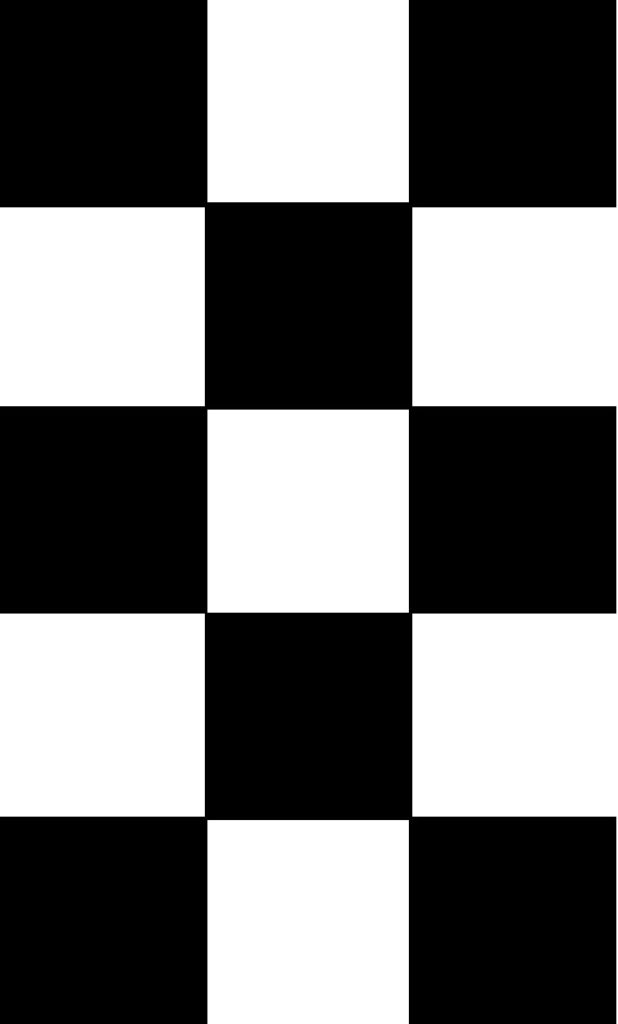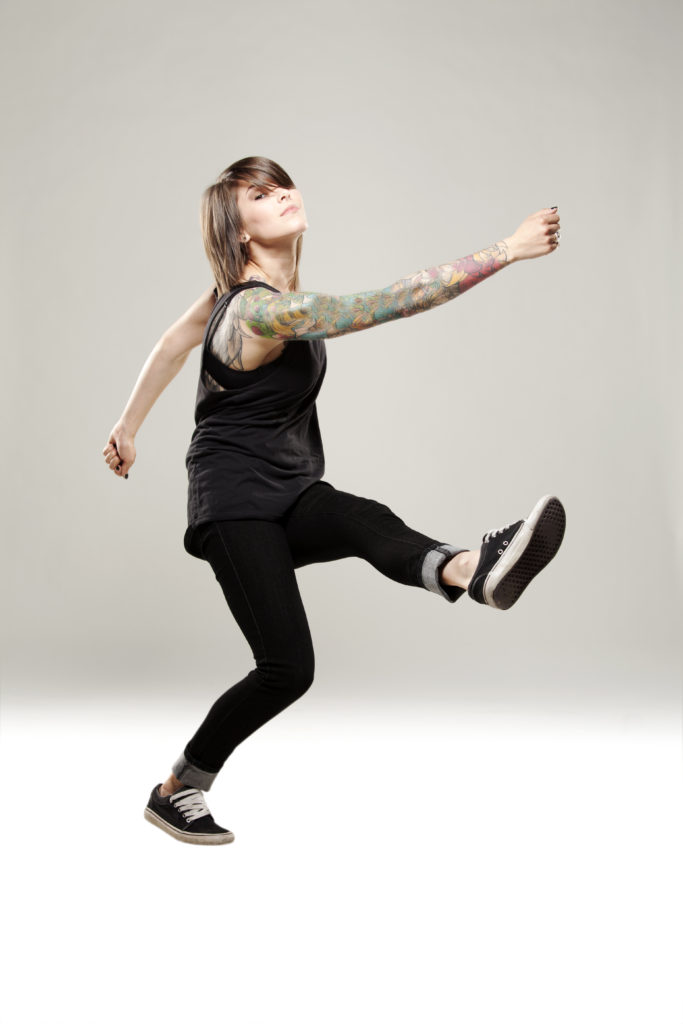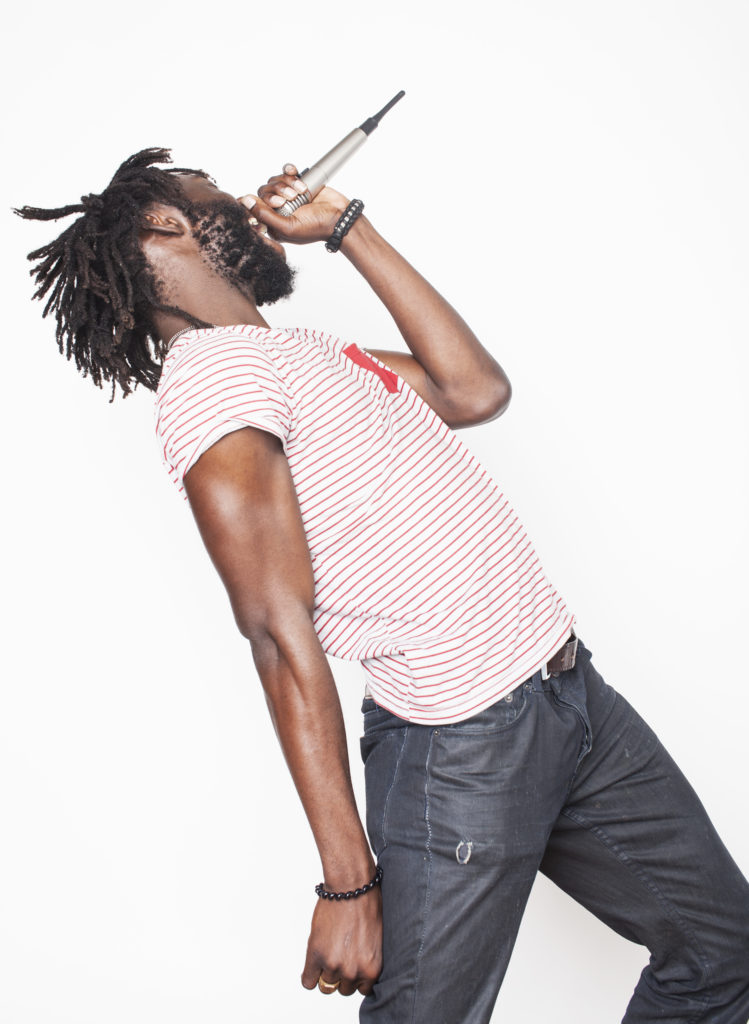Genres come and go, pushed into oblivion by new trends in music. Yet few styles have stood the test of time as well as ska music. The distinctive instrumentals, raw energy, and forward-driving brass section has given ska music the chance to carve out a niche in the musical world.
Birthed in the streets of Jamaica, ska spread to the rest of the world, seeing two waves of revival, decades of success, and no sign of becoming obsolete.
This fascinating style is extremely rich in its history, evolution, and culture. Many questions arise: What are the origins of ska music? What did ska music sound like in the 60’s compared to the 90’s? What is dancing to ska music called?
Read on to learn about the three waves of ska music, the instrumentation and rhythms that make it unique, how it compares to reggae, and of course, the identity of this mysterious “Rudy” character mentioned in an overwhelming number of ska songs.
Table of Contents
3. Ska Culture
4. Ska vs. Rocksteady vs. Reggae
5. Ska Today
The Evolution of Ska
From its origin as a fusion of American R&B and traditional Jamaican styles to its current unique place in modern music, the history of ska music spans three continents and several decades.
First Wave: The Original Jamaican Scene
Post-World War II, Jamaicans were able to listen to American music on the radio through stations in New Orleans and Miami, meaning that there was a high volume of popular R&B tunes coming into the country. A particularly famous one was American blues artist Fats Domino’s “Ain’t That A Shame”:
Jamaican producers eventually started recording local artists’ versions of the genre. While still in the style of R&B, these songs showed influences from traditional styles such as mento, also known as Jamaican folk music, and calypso, an Afro-Caribbean style. This attempt to replicate American music resulted in an unexpected surprise: the music took on a new form, straying further from R&B and becoming a new genre entirely: ska.
By the early 1960’s, ska was the most popular genre in Jamaica, and groups combining disc jockeys, MCs, and engineers (known as sound systems) were rapidly producing new singles in this new style, and playing them at lively street parties for the public’s enjoyment.
Second Wave: 2 Tone
 Thanks to a wave of Jamaican immigration to Britain a decade previously, ska experienced a second surge of popularity in the late 1970’s, in the form of “2 Tone”. Rhythms and melodies from first wave Jamaican ska were combined with elements of punk rock to yield music that had a different attitude, and was more uptempo and high-energy than first wave ska.
Thanks to a wave of Jamaican immigration to Britain a decade previously, ska experienced a second surge of popularity in the late 1970’s, in the form of “2 Tone”. Rhythms and melodies from first wave Jamaican ska were combined with elements of punk rock to yield music that had a different attitude, and was more uptempo and high-energy than first wave ska.
This wave of ska revival was spearheaded by Jerry Dammers and his band, The Specials. The name “2 Tone” itself came from the group – both because of Dammers’ record label, 2 Tone Records, and the fact that the band was racially integrated (a rarity for the time). With its political leanings, ska 2 Tone music aimed to fight racism in Thatcher-era Britain. With an instantly recognizable sound and aesthetic, 2 Tone brought ska to mainstream audiences in the UK.
Other notable ska music from this epoch was Madness, the Selecter, Bad Manners, and the Bodysnatchers. UK 2 Tone even extended its influence across the pond, resulting in the formation of a Canadian 2 Tone-inspired band called The Villains, who became arguably the country’s most important ska band.
Third Wave: Ska Across the Atlantic
It wasn’t long before bands in America picked up on 2 Tone, and started incorporating ska into their sound. Punk bands in particular absorbed ska influences, fusing the two genres for a new style known as ska punk music. Most American third wave ska music is quite far removed from the original Jamaican ska, instead favouring punchy guitar riffs and other hallmarks of punk rock.
The mid-nineties saw ska punk explode in popularity, with artists such as No Doubt, Sublime, Reel Big Fish, and The Mighty Mighty Bosstones receiving mainstream attention and even appearing on the Billboard 200. This is the ska music you’ll most likely find on modern playlists.
Third wave ska punk band Less Than Jake’s frontman Chris DeMakes discusses how they combined punk, ska, and pop influences for their unique sound, providing insight into the musical climate of the 90’s and how it influenced the rise of the genre. Their song “All My Best Friends Are Metalheads” beautifully showcases the understated guitar and the very present horns that Chris discusses in the interview:
Musical Hallmarks of Ska
Though diverse in itself because of its numerous revivals and fusion with other genres, there are distinct rhythms and instrumentation found across the board in ska music.
Throughout its varied history, instruments used in ska music have been quite consistent. Apart from the standard bass, guitar, drums, keyboard, and vocal lineup shared with most popular music from the 1950s to today, a strong horn section features prominently in many bands.
Let’s take a closer look at the specific roles these instruments play in ska, and how these roles have shifted over the decades:
Guitar: The Ska Upstroke
Most ska music is played in 4/4 time, and a big part of getting the ska groove right is playing on the off- beats – this creates that bouncing rhythm that ska is famous for. This rhythmic pattern is also known as the ska upstroke, as demonstrated by the Secret guitar teacher:
This rhythm involves emphasizing beats 2 and 4 in 4/4 time with a quick, almost percussive guitar strum.

For a faster groove, such as those often found in high-energy styles like ska punk, an eighth-note skank rhythm may be used. The rhythm is then read as 1-and-2-and-3-and-4-and:

This upstroke can be played on other stringed instruments to add even more interest to ska; Live Ukulele details how to skank on your ukulele with ease!
Vocals:
The vocal section of first wave Jamaican ska was quite diverse. The R&B influence is heard in much first wave ska, with soulful, melodic delivery used by artists such as Derrick Morgan. Some groups, such as the Skatalites, used vocals quite sparsely. Others incorporated a singing style known as “toasting” (one of the forebears of rap), where the vocalist makes use of shouts, chants, interjections, and rhyming.
2 Tone featured more melodic, energetic vocals, with themes of unity, racial integration, street culture, and tolerance.
As for third wave ska music, you only have to compare bands like Sublime and No Doubt to hear the lyrical diversity; while the former sang about drug addiction and California living, Gwen Stefani wrote ska music of love, relationships, and life on the road. A unifying factor in third wave, however, is the punk influence on vocal delivery – lyrics were sung quickly, with shouts (Oi!) and spoken word interspersed throughout. This is heard in the music of bands such as the Mighty Mighty Bosstones, Reel Big Fish, and Rancid.
Brass section:
A typical horn section for ska music consists of trumpets, trombones, and alto saxophones. This brass section can either follow the guitar and vocals directly, hit and accent the offbeats, or provide a nice countermelody.
In much of first wave Jamaican ska, the horns provided the backbone of the melody, freestyling over the steady beat and the guitar upstrokes. 2 Tone kept the horns, but minimized their role slightly for a more guitar-driven sound. Third wave, however, tended to embrace the horn section fully. Check out how Reel Big Fish’s cover of A-ha’s “Take On Me” carries the main musical motif on the brass section:
Bass:
A walking bassline is another trademark of ska instrumentation, most often found in first wave Jamaican ska, which used either the bass guitar or the double bass in the rhythm section. These step-wise basslines provided the perfect support for the fast tempo and high energy of ska songs.
The more punk-oriented third wave ska saw bass players veering away from walking basslines and towards more rapid, filled-out parts.
Percussion:
First wave Jamaican ska stayed true to its cultural roots by combining the use of traditional and modern instruments – shakers and tambourines were often used alongside drum kits.
With the use of a full drum kit, the classic ska rhythm involves the bass drum on beats 2 and 4, to emphasize the guitar upstroke. Further supplementing the backbeat is the use of cross-stick (a technique in which the drumstick is hit against the rim of the snare drum) on beats 2 and 4. Meanwhile, the drum head of the snare is hit on beat 4, and eighth notes are played on the hi-hat to round out the beat:

This beat is demonstrated in Hudson Music’s instructional DVD “Wicked Beats”:
However, ska drumming certainly wasn’t limited to this back-beat oriented rhythm. Drumming teacher Dex Star gives a tutorial on other common ska beats for drummers that want to try their hand at playing a ska groove.
Keyboards:
First wave ska incorporates piano and especially organ instrumentation that would either follow the bassline or bubble along with the guitar. Keyboards come and go in 2 Tone and third wave, though these later bands reach for the organ when they want a retro sound.
Ska Culture
That checkerboard pattern came from somewhere… right? What is that ska music dancing all about? What’s with the suits?
All About Skanking
 Wondering how to dance to The Specials, The Villains, and all your other favourite ska music? Look no further.
Wondering how to dance to The Specials, The Villains, and all your other favourite ska music? Look no further.
Skanking originated in the 1950’s in Jamaican dance halls, and evolved over time to better suit the speed and style of later revivals of ska. For example, ska punk calls for a slightly more aggressive dance style, with faster movements than conventional skanking.
Here’s a quick crash course: bend your arms at the elbow, punching the air with your arm while kicking the opposite leg out as if you’re running. Alternate your arms and legs, and you’re good to go!
Who Is “Rudy” in Ska Music?
It takes only a brief dip into the ocean of ska to realize that an overwhelming amount of songs make a reference to somebody named “Rudy”. So, who is this elusive character?
Back in the days of first wave Jamaican ska, frustrated youth in poorer areas of Kingston, Jamaica turned to petty crime. Known as “rude boys”, these youth sported aesthetics and attitudes inspired by American jazz musicians and gangster films, wearing suits and porkpie hats, and behaving rambunctiously and rebelliously.
Many of these rude boys were hired by soundsystems (organizations of disc jockeys, engineers, and MCs) to gatecrash their competitors’ street parties. Such disruptions became so commonplace that artists started addressing rude boys in their lyrics, often shortening the moniker to “rudy”.
A decade later, 2 Tone took the name and ran with it, with fans referring to themselves as “rude boys” or “rude girls”. The Specials’ famous tune “A Message To You, Rudy” references the popular subculture:
Since then, the term “rude boy” has also become associated with jungle, grime, drum ‘n’ bass, and garage. Third wave ska punk tunes such as Sublime’s “Jailhouse” also mention the name:
Ska vs. Rocksteady vs. Reggae
Though ska is very much its own unique style, there is quite a lot of genre crossover with other Jamaican styles, and definite comparisons can be made. It’s often even compared to spouge music, though the two genres come from two different Caribbean countries!
Ska itself has two direct descendants: rocksteady and reggae. Let’s look at the evolution.
From Ska to Rocksteady…
Rocksteady was ska’s immediate successor, gaining popularity in the mid-1960’s just as ska’s heyday was ending. The styles are rhythmically similar, as rocksteady retains the offbeat rhythm. In fact, you could play a ska rhythm at around 80 bpm to create a rocksteady groove!
This leads us to the most noticeable difference between ska and rocksteady: the speed. Rocksteady’s significantly slower speed lends it a more laid-back feel than ska.
 This spaced-out tempo gave more room for experimentation. Guitar and piano players started going beyond the simple offbeat, adding other accents besides the classic 2 and 4 for more complex syncopated rhythms. Bass players, rather than being confined to writing walking basslines to keep up with ska’s tempo, also started experimenting with syncopation. Meanwhile, the brass section took a backseat, with horns playing a supportive role.
This spaced-out tempo gave more room for experimentation. Guitar and piano players started going beyond the simple offbeat, adding other accents besides the classic 2 and 4 for more complex syncopated rhythms. Bass players, rather than being confined to writing walking basslines to keep up with ska’s tempo, also started experimenting with syncopation. Meanwhile, the brass section took a backseat, with horns playing a supportive role.
… and Rocksteady to Reggae!
Though extremely popular in Jamaica for a period of time, rocksteady was soon replaced by reggae. Like rocksteady, reggae is considerably slower than ska, with a slow backbeat that lends a “laid-back” feel to the music.
Reggae is distinguishable from ska by its minimal use of horns; instead, it favours the classic rock band setup of drums, guitar, bass, and drums. The bass is much, much more prominent in reggae than in ska, and often carries the signature riff of the song. The guitar, meanwhile, often features a double strum on the upbeat that gives reggae its steady, “chugging” rhythm.
Ska Today
Three triumphant waves and countless evolutions after its inception on the streets of Jamaica, ska is still going strong. The third wave ska punk scene spawned countless bands that are still active today, such as Reel Big Fish, Rancid, and the Mighty Mighty Bosstones.
While ska is often a group effort, there’s no reason why you can’t start building your ska skills on your own. Listen to ska music from all three waves, find yourself some ska sheet music, practice that guitar upstroke, and learn to skank (optional). Then, join up with some like-minded individuals, and form your own ska revival band!
The post An Introduction to Ska Music appeared first on Musical U.